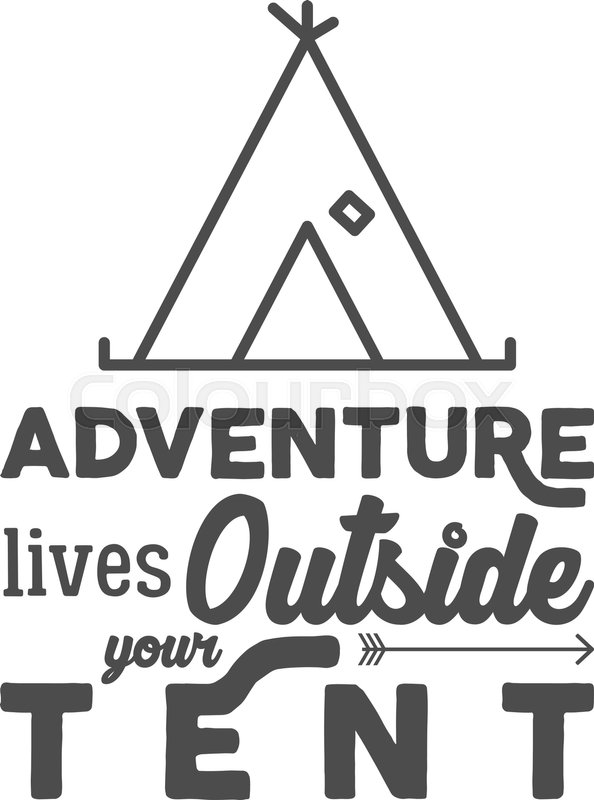Cooktop jacks are vital to risk-free tent cooktop usage, keeping cold air, rain, snow, insects and even flammable combustible materials out of the tent. Yet, they're not without their mistakes. Keep reading to discover common blunders campers make when fitting their oven jacks, and how you can prevent them at your campground.
Material Compatibility
When buying a stove jack, ensure it is made from heat-safe products. The textile utilized to make the jack ought to also be durable and breathable, which will help to keep the tent warm and completely dry when it remains in use.
When you have actually located a stove jack that is compatible with your outdoor tents, it's time to decide where you intend to install it. Usually, it's finest to put the range in the facility of the outdoor tents to assist keep all locations cozy and comfortable, yet it is necessary to prevent putting it directly up against an outdoor tents wall surface because this is a fire hazard. Additionally, take into consideration exactly how easy it will certainly be to reach your range when refueling and cleaning up in the middle of the evening.
Range jacks are pretty simple outdoor camping gear, yet they are exceptionally essential for securely making use of a tent cooktop in any type of weather condition. By putting in the time to select the correct dimension and properly install your range jack, you'll be good to go for a comfortable camping experience!
Oven Pipe Diameter
The size of your range pipe is essential to guarantee proper venting and to avoid a fire hazard. A tiny size pipeline will certainly function fine in many camping tents, but a larger one should be made use of with a heavier-duty canvas outdoor tents or a Tipi.
When it involves establishing the excellent positioning of your oven, the center of the tent is frequently the best selection. This will certainly assist keep the entire tent cozy while lessening the capacity for smoke to leak around the edges. It also aids protect against warm from blowing away from the stove and right into flammable materials like walls or ceilings.
When it involves wall surface and floor protection, NFPA calls for at the very least 36" of clearance from combustible walls. This can be lowered by utilizing a range shield and a single-wall stovepipe with a shielded thimble (if entering into the ceiling, attic or roof). Constantly consult your woodstove producer's owner's guidebook for additional information regarding proper installment.
Oven Pipe Size
Other than not being directly up against the wall surface of the camping tent (where it could be a fire threat) there isn't truly a wrong area for a cooktop jack. It's just a matter of choice, depending on how simple it will certainly be to reach for refueling and how close it will certainly be to the entry of your tent.
Nevertheless, if you mount your pipeline too far out from the oven, cool air and rainfall will be able to blow in around the beyond the pipeline. This isn't ideal, as it will make starting your oven and maintaining a good draft campground challenging.
To find out just how much flue you'll need, measure the distance from where your camping tent's cooktop will sit to your chimney opening. Then subtract 2 inches due to the fact that each area of pipe overlaps. The number you get is the amount of pipe you'll need to get. The good news is, installing stove pipes isn't difficult and needs very little devices.
